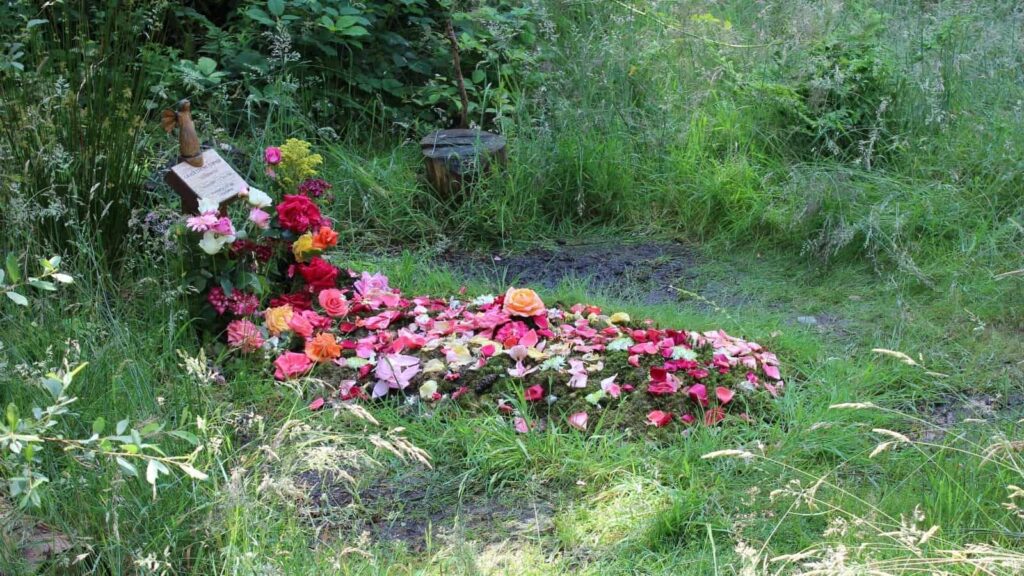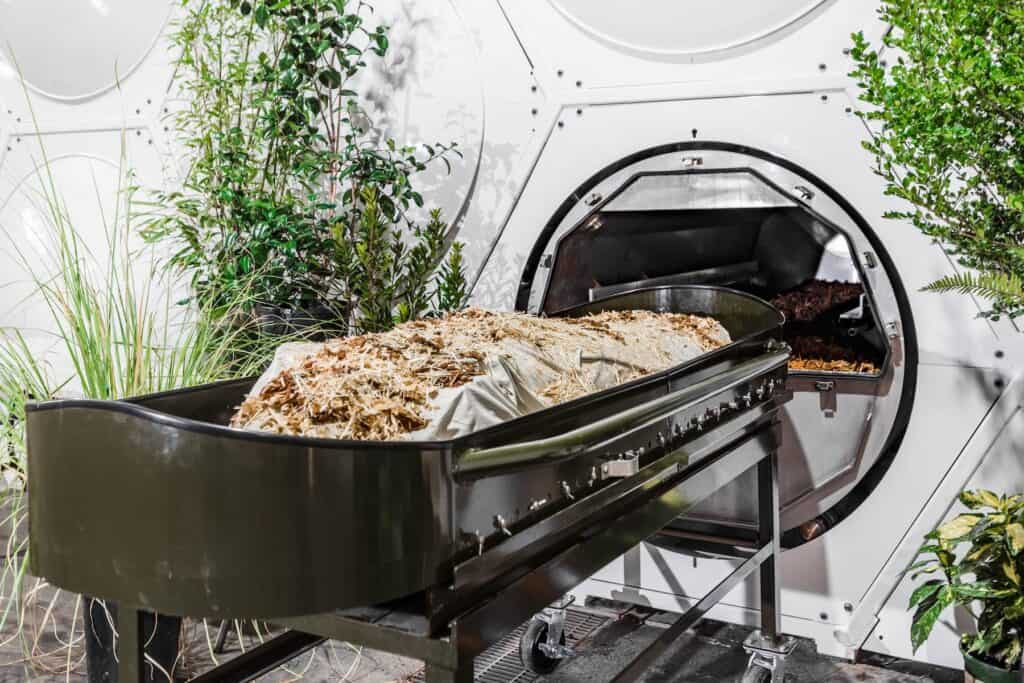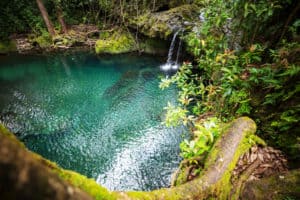Considering your body disposition options? Helping a loved one decide which type of body disposition to list in their will? In the process of making advanced funeral arrangements so your family won’t have to?
How we want our body to be disposed of after our death isn’t a pleasant thought, but it’s one that you actually should think about. Because if you don’t, someone else will make the decision once you’re unable to do it yourself.
Learning about body disposition options is empowering when you consider that it gives you more control over your own end of life services and the impact you make after death.
Traditional Burial
Most adults in the U.S. are very familiar with traditional burial because until recently it was the most common form of body disposition. With traditional burial a funeral home will prepare the body for a viewing at their site, usually by embalming the body. They will then provide funeral services that are hosted at the funeral home or coordinated with a church. After the funeral the body is put in a casket that will be buried in a plot. Typically, a cement casing called a grave liner is used to prevent the casket from being crushed by the weight of the earth over it.
Natural Green Burial
There’s a clear movement towards burial services that are more eco-friendly than traditional burial. The process described above has a serious impact on the environment from the toxic embalming fluid that leaches into the ground to the cement that’s poured into the grave disturbing the earth.

Photo courtesy of Passages International
A natural green burial is very different from a traditional burial. In both, the body is placed in a plot that serves as a final resting place, but that’s about the only similarity. With natural green burial the goal is to minimize the impact as much as possible by limiting or eliminating non-biodegradable materials from going into the grave. Embalming fluid isn’t used and even the transport of the body is eco-friendly.
Natural Organic Reduction
Some people would consider natural organic reduction to be a form of burial since a person’s body is put into the ground. The key difference is that with natural organic reduction no casket, trinkets or even regular clothing is put into the burial plot, but it’s not meant to stay there. That plot is filled with organic materials that will break the body down into compost for plants over the course of 30-90 days.

Photo courtesy of Recompose
That’s why natural organic reduction is often referred to as human composting. Washington State was the first to legalize natural organic reduction in 2019. Since then Oregon, Colorado and Vermont have also made natural organic reduction available. See a complete up-to-date tracker of each state that has legalized natural organic reduction.
Traditional Cremation
The most traditional form of cremation is an open-air funeral pyre, but today it refers to flame-based cremation at a crematorium. This type of modern-day cremation was developed in the late 1800s and became widely available in the U.S. in 1857.
Today, cremation is the most common form of body disposition and the primary type of cremation that’s performed is flame-based.
Green Cremation
Like burial, there’s a growing demand for cremation services that are greener and cleaner than the traditional option. Green cremation is very similar to traditional cremation since it is flame-based, but steps are actively taken to reduce energy use, paper and natural resources while generating fewer harmful byproducts. Green Cremation Texas has been at the forefront of developing flame cremation processes that are better for the environment and lower impact at every stage.
Aquamation
Aquamation, also called water cremation or alkaline hydrolysis, is a new form of cremation that doesn’t involve the use of flames. Instead a water/salt mixture that’s heated to a specific temperature is used to rapidly decompose the body. What remains is the bones, just flame-based cremation. The difference is aquamation uses 90% less energy than traditional cremation and doesn’t produce air pollutants.
Currently, aquamation isn’t legalized across the nation. However, each year more states are allowing the practice because of its practical benefits. It’s also possible for crematoriums to coordinate so that services can be arranged in a nearby state.
Direct Cremation
Direct cremation simply refers to cremation services that don’t involve a memorial, viewing or funeral performed by the funeral home or crematorium. The family can still choose to do a viewing or funeral prior to cremation or have a memorial prior to and/or after direct cremation.
Body Donation
Body donation means donating your body for medical research. It’s a common choice for people who are interested in advancing science, particularly those that have a disease for which there’s no cure. Donating your body helps doctors train and learn more about how bodily systems function. It’s absolutely critical in learning more about brain diseases such as Alzheimers since the brain can’t be examined well until after death.
Once the body has been utilized for research, the remains are cremated. The form of cremation could be traditional flame-based cremation or aquamation.
Space Burial
A space burial actually involves cremation not finding a place to bury someone in the ground – yet. After the body is cremated, the cremains are put on a rocket ship that is launched into outer space. But a company called Elysian Space wants to start burying cremated remains on the moon, so soon cremains could find a permanent resting place in outer space.
Promession
Promession is a type of body disposition that is relatively unknown. The process of freezing a body with liquid nitrogen and using sublimation to turn it into powder was developed in Sweden as a more eco-friendly option than traditional forms of body disposition. It’s a freeze-drying technology that isn’t yet legal in the United States.
Cryonics
Technically, cryonics isn’t a form of body disposition. The goal with cryonics is to preserve a recently deceased body in hopes that medical advancements are made that could revive the person giving them a second chance at life. The body is put into a chamber with sub-freezing temperatures so that the body is frozen.
Cryonics was developed in 1962 but no one has yet to be revived. The other caveat is that the cryonics process must happen right after “death” so that the tissue remains intact as much as possible. In theory, freezing the body pauses the dying process so that revival is possible in the future. Advocates for cryonics state that it should be used when reversing the dying process is impossible. At least impossible for doctors today.
Plastination
If you’ve ever seen one of the Body Worlds exhibits, then you’ve seen plastination firsthand. With plastination all of the body fluids are replaced with a clear plastic polymer. It’s a form of body disposition and preservation at the same time that was originally done to create anatomical specimens for educational purposes. There are several different ways to do plastination, but none of them are body disposition options that are available to the general public.
At Green Cremation Texas our speciality is providing simplified yet personalized eco-friendly cremation services. We help families arrange direct green cremation services, aquamation services as well as natural burial and natural organic reduction. Our knowledgeable team can even share information regarding traditional or alternative services.






